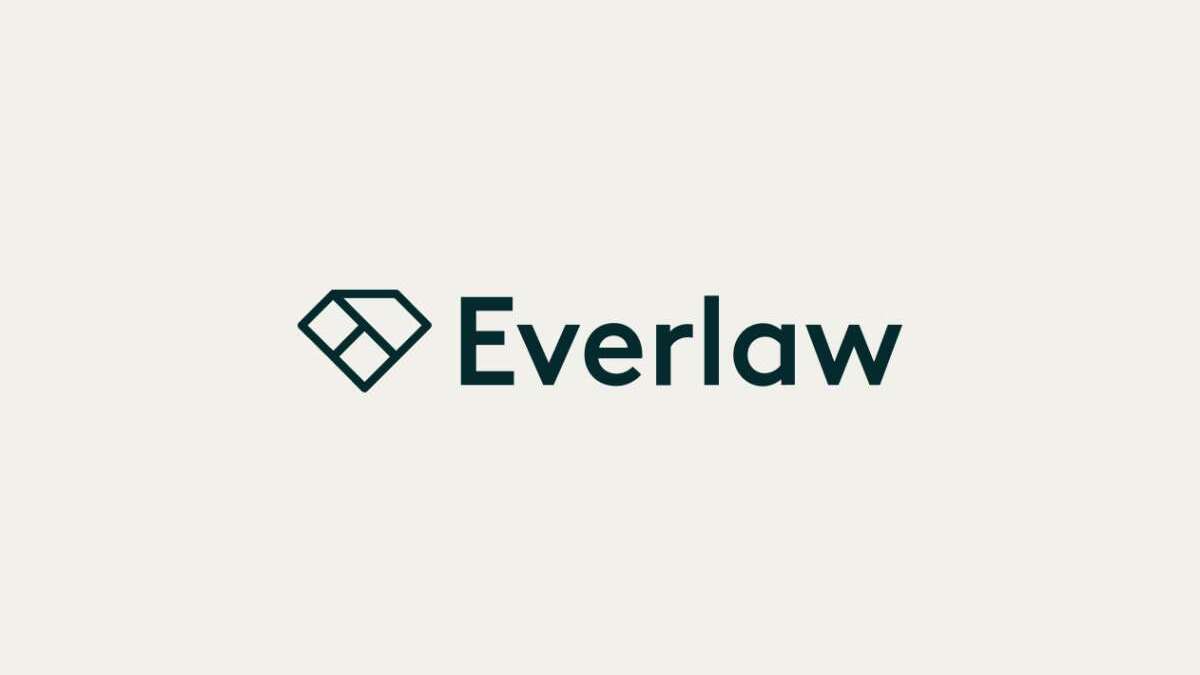Large Language Models in Action
Dr. Megan Ma and Everlaw's Eddie Kim Discuss the Latest in Generative AI and the Law
by Justin Smith
The role of generative AI in the legal industry is one of the hottest topics in the law today. There are many who believe it’s entirely plausible that the breakthroughs within the generative AI landscape could elevate legal workflows, pointing to the automation of specific tasks, improved text analysis, and the generation of legal-related content as just a few ways it’s already leveraging efficiency within the sector.
However, the implementation of generative AI into the legal profession isn't entirely straightforward. There are risks, both ethical and legal, that come with integrating this technology into any field of work, particularly one where information confidentiality is paramount.
Striking a balance between leveraging generative AI and understanding its limitations is key, which involves attorneys familiarizing themselves with the technology. The unique attributes of large language models, such as scalability and their potential to offer alternative perspectives, can be harnessed to enrich legal strategies.
To explore this topic on a deeper level, Everlaw spoke with Dr. Megan Ma to get her thoughts in a webinar on large language models in action. Dr. Ma is a Research Fellow and the Associate Director of the Stanford Program in Law, Science, and Technology and the Stanford Center for Legal Informatics (CodeX). Her research focuses on the use and integration of generative AI in legal applications and the translation of legal knowledge to code, considering their implications in contexts of human-machine collaboration.
Key Takeaways
Developments in generative AI are increasing competition and driving growth.
Emerging types of generative AI, fueled by academic research and spearheaded by leading tech companies, are contributing to a shift in the technological landscape. Outstanding models like OpenAI's Sora, a state-of-the-art video generator, have led to a competitive rush to develop superior models. Moreover, smaller open-source models are also making their presence felt, matching the benchmark of ChatGPT-4 and ensuring there's a healthy mix of development in the space.
 Play this video on Vimeo
Play this video on Vimeo
Generative AI's role in the legal industry is still finding its footing, but also expanding what’s possible.
Advances in generative AI are paving the way for task automation, improved text analysis, and even the generation of legal content, transforming the traditional legal workflows employed in the industry. However, perfect harmony is yet to be achieved between generative AI tools and legal workflows. Even though these developments have greatly impacted areas like legal research and analytics, there's also a heightened need to handle these tools responsibly to prevent misuse and the spread of false results. This ushers in the demand for more clear-cut regulations governing the use of AI in legal contexts.
 Play this video on Vimeo
Play this video on Vimeo
Mitigating risk and monitoring performance are essential to unlocking the full potential of generative AI.
Legal professionals can leverage generative AI risk toolkits and dedicated monitoring tools to manage and moderate the performance of this technology. Incorporating measures like AI red teaming demonstrates a serious consideration of AI tool usage, and helps users understand their core skills and acquire foundational knowledge of this technology. Advancements like these underscore the promise that the future of legal technology holds, including a better understanding of the legal profession, improving access to legal help, changing the interaction with data and information, and fostering dynamic, interactive environments for document interaction and collaboration.
 Play this video on Vimeo
Play this video on Vimeo
Interested in learning more? Watch the webinar in full here, and apply to join the customer beta of EverlawAI Assistant today.

Justin Smith is a Content Marketing Manager at Everlaw. He’s written on everything from financial markets to the product warranty industry for several different companies.